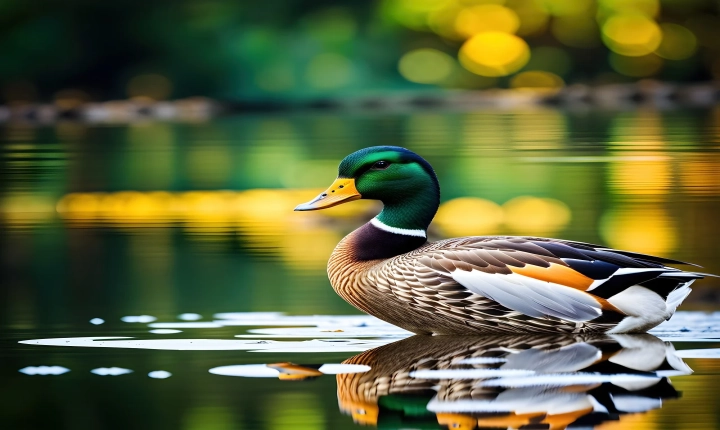How to Make an AI Draw: Exploring the Intersection of Art and Technology
Artificial intelligence (AI) has become increasingly prevalent in various aspects of our lives, from helping to facilitate online searches and improving medical diagnosis to powering self-driving cars and enhancing customer service experiences. However, the intersection of AI and art is a particularly fascinating and rapidly evolving area, with the prospect of AI-generated art captivating the imagination of many.
Using AI to create art raises questions about creativity, the nature of artistic expression, and the role of technology in the creative process. While some may argue that true artistry is inherently human and cannot be replicated by machines, others see the potential for AI to augment and inspire human creativity in new and unexpected ways.
One intriguing application of AI in art is the development of algorithms and neural networks that can generate original visual artworks. These AI systems, often referred to as “artistic neural networks,” are trained using vast amounts of data, including images of existing artwork, to learn and mimic the styles, techniques, and motifs of different artists.
So, how can you make an AI draw? Here are some key steps involved:
1. Data Collection and Preparation: The first step in creating an AI artist is to gather a diverse and extensive dataset of artwork. This dataset typically consists of paintings, drawings, and other visual works, representing various artistic styles and movements. Additionally, the dataset may include metadata and contextual information about the artworks and their creators.
2. Training the AI Model: Once the dataset is assembled, the AI model is trained using machine learning techniques. This involves using algorithms to analyze and learn patterns, styles, and characteristics from the input artwork data. Deep learning, a subset of machine learning, is often employed to train neural networks to recognize and replicate artistic styles.
3. Generating Artwork: After the AI model has been trained, it can be used to produce new, original artwork. By inputting images or providing stylistic preferences, users can prompt the AI to generate visual outputs that mimic the styles of specific artists or combine elements from different artistic movements.
4. Evaluation and Refinement: The AI-generated artwork is then evaluated for its aesthetic quality, originality, and adherence to the desired style. This feedback loop allows for refinement of the AI model and its outputs, leading to continuous improvement in the quality and diversity of the generated artworks.
The potential applications of AI-generated art are extensive and varied. From assisting artists in exploring new styles and techniques to creating personalized visual content for marketing and design purposes, AI art tools offer innovative and exciting opportunities for both creators and consumers.
However, it is important to consider the ethical and philosophical implications of AI-generated art. Questions around authorship, ownership, and the authenticity of AI-generated artworks are subjects of ongoing debate and exploration within the art world.
Furthermore, the rise of AI in art raises broader questions about the relationship between humans and technology, the boundaries of creativity, and the evolving definition of art in a digital age. As AI continues to advance and integrate into various creative fields, understanding the implications of this technological shift becomes increasingly important.
In conclusion, the process of making an AI draw is an interdisciplinary endeavor that combines elements of art, technology, and data science. By leveraging AI to create art, we are not only challenging traditional notions of creativity and authorship but also embracing the potential for AI to inspire and enrich the artistic landscape in new and unexpected ways. As the collaborative interplay between humans and AI in art continues to evolve, the boundaries of artistic expression and the role of technology in shaping our creative endeavors are being redefined.
